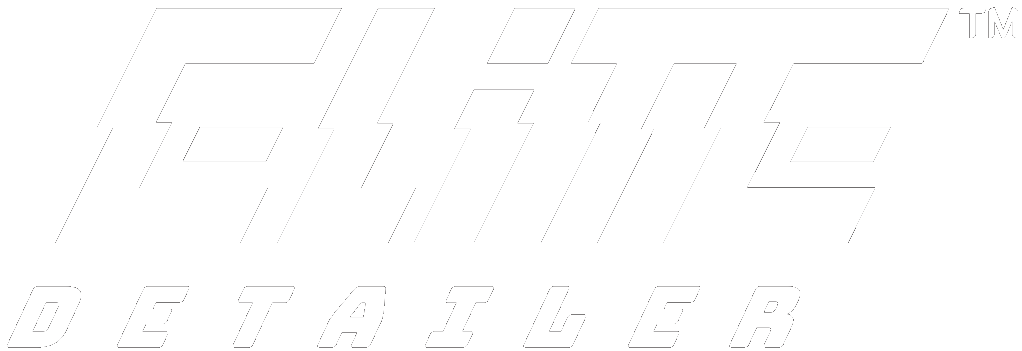The history of detailing
The history of detailing
What came first - the wax or the car?
The beginnings of detailing, by which we mean an extremely detailed and extensive process of cleaning, polishing and waxing a vehicle, date back to 1800. It was then, in the German city of Bischofsheim, that the first wax based on animal fat was created. Its purpose was to protect the varnish paints used to paint horse-drawn carriages. Interestingly, the first car was not built until 1886, and its constructor was Carl Benz.
From abrasive paste to great automotive passion
Since then, detailing services and the range of products used in the car care process have been constantly evolving - from animal waxes, through abrasive pastes, which appeared on the market in 1900, to the first ceramic coatings, which were created in 2000. Modern auto detailing gains popularity since the 1960s and each year it gains a growing group of enthusiasts who treat this field not only as a job or a way of life, but above all as a passion and even a lifestyle.
Well cared for and cared for like a car
Auto detailing (from the British car valeting ) is a multi-stage, comprehensive process of cleaning, renovation and maintenance of the vehicle, both inside and outside the car. Its main purpose is to maximize the aesthetic and visual qualities of the vehicle. Auto detailing is characterized by exceptional precision and attention to every detail of care - comprehensive treatments can take up to several days. Often the car comes out of such an "automotive spa" in better shape than freshly leaving the showroom. No wonder that boats, yachts, motorbikes and caravans have also been subjected to detailing processes for several years.
How to take care of the exterior and interior of the vehicle?
Auto detailing is divided into internal and external detailing. Both processes are time-consuming, require knowledge, skills, as well as professional equipment, chemistry and cosmetics.
External detailing is primarily paint treatments, in addition to washing and polishing, we remove metallic dirt, insects, tar and asphalt. We get rid of dents, scratches and scratches, and by correcting the paintwork, we restore its original glow and glassiness. Only on such prepared varnish can be applied wax or ceramic coating.
Interior detailing is, apart from vacuuming and washing the upholstery, a series of precise regeneration and maintenance treatments in the vehicle. First of all, we clean and maintain plastics, gaskets, cockpit and air vents. Then, we clean the leather upholstery with a dedicated cleaner, and only then proceed to maintenance. The last stage is the application of dressings to all elements of the interior.
A conceptual must-have for detailing enthusiasts
In auto detailing, we come across many specialized names and concepts. We will try to introduce you to some of the most important ones:
The history of detailing


